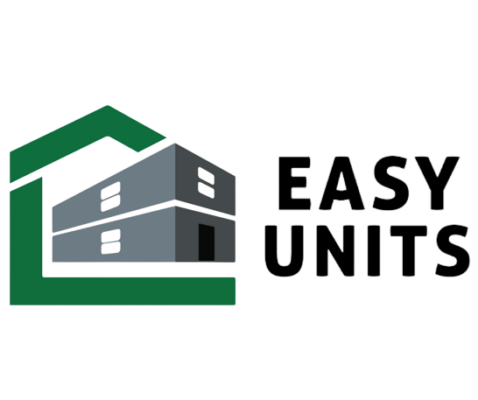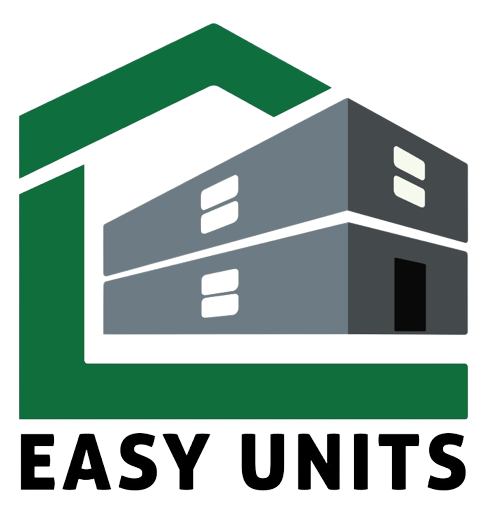Embracing the Future of Modular Living Spaces
In an era marked by rapid urbanisation, shifting demographics, and evolving lifestyles, the way we conceive and design living spaces is undergoing a transformative shift. The traditional notion of a static, fixed home is giving way to a more flexible and sustainable alternative: modular living spaces. These innovative and adaptable structures are poised to redefine how we approach housing, offering numerous advantages in terms of affordability, sustainability, and customisation.
In this article, we will explore the burgeoning trend of modular living rooms and why embracing this future is essential for addressing the dynamic needs of our society.
The Rise of Modular Living
Modular living spaces, also known as prefabricated or prefab housing, have a notable history in the United Kingdom. The concept gained traction during the post-World War II period when there was a pressing need for rapid and affordable accommodation to address the housing shortage caused by the war’s devastation. The government initiated a massive prefab housing program, with thousands of prefabricated homes built across the country. These homes were quick to assemble and provided essential accommodation solutions. While many of these early prefab homes were considered temporary, some have endured and are still in use today. In recent years, there has been a resurgence of interest in modular housing in the UK, driven by the need for affordable and sustainable housing options. Innovative designs and materials are redefining the perception of modular living rooms, making them an integral part of the country’s modern housing landscape.
These also represent a radical departure from the conventional housing model. These homes are constructed in sections or modules in a factory setting and then transported to the desired location for assembly. While modular construction has been around for decades, recent advancements in technology, design, and sustainability have propelled it to the forefront of contemporary housing solutions.
5 Reasons to Embrace Modular Living Spaces
Sustainability and Efficiency
One of the most compelling reasons to embrace modular homes is their sustainability. These homes are built with a focus on energy efficiency and minimal waste generation. The controlled factory environment allows for precise construction, reducing material wastage. Furthermore, modular homes are often designed to incorporate renewable energy sources such as solar panels and efficient insulation systems, making them more environmentally friendly than many traditional houses. With these, it will become more ideal to add a modular garden office or modular garden rooms to the living room.
Affordability and Accessibility
The cost of housing is a growing concern in many parts of the world, with traditional homes becoming increasingly unaffordable for many individuals and families. Modular homes offer a more cost-effective alternative. The streamlined production process, reduced labour costs, and competitive pricing of modular homes make them an attractive option for those looking to enter the housing market or downsize without breaking the bank.
Customisation and Flexibility
Modular homes are highly customisable, allowing homeowners to tailor their homes to their specific needs and preferences. From the layout and size of rooms to the choice of materials and finishes, modular homes offer a level of flexibility that is often difficult to achieve with traditional construction. This adaptability is particularly appealing to those who value design autonomy and wish to create a unique living space.
Speed of Construction
Traditional construction methods can be slow and subject to weather-related delays. In contrast, modular homes can be manufactured and assembled quickly. The prefabricated modules can be produced concurrently with site preparation, reducing construction time significantly. This not only benefits homeowners who want to move in quickly but also helps address urgent housing needs in disaster-stricken areas or regions with housing shortages.
Quality Assurance
Modular construction is characterised by stringent quality control standards. The factory environment allows for precise measurements and construction techniques, resulting in homes that are often more structurally sound and durable than their traditionally built counterparts. This quality assurance reduces the risk of structural issues and the need for costly repairs down the road.
Challenges and Considerations
While the future of modular living spaces is promising, it’s essential to acknowledge some of the challenges and considerations associated with this emerging trend.
Zoning and Regulatory Hurdles
In some areas, zoning laws and building codes may not fully accommodate modular construction, creating regulatory hurdles for those interested in adopting this housing solution. Advocacy and policy changes may be needed to facilitate the widespread adoption of modular spaces. Thus, modular garden rooms or a modular garden office may be limited.
Perception and Stigma
There is still a perception among some that modular homes are of inferior quality compared to traditionally built houses. Overcoming this stigma will require education and awareness campaigns to showcase the benefits and potential of modular construction.
Site Preparation and Infrastructure
While the homes themselves are constructed quickly, site preparation, including foundation work and utility connections, can sometimes be time-consuming and costly, depending on the location and terrain.
Expectations
The future of modular homes promises a host of exciting developments. Expect to see even greater emphasis on sustainability, with modular homes incorporating advanced eco-friendly materials and renewable energy systems. Customisation will become more accessible, allowing homeowners to design their ideal living spaces with ease. Innovations in smart home technology will enhance convenience and energy efficiency, and the speed of construction will continue to improve, addressing housing shortages more rapidly.
Additionally, modular communities and co-living spaces may become more prevalent, fostering a sense of community and shared resources. As modular living gains wider acceptance, it will reshape the housing landscape, offering flexible, sustainable, and innovative housing and accommodation solutions to our evolving residential needs.
Conclusion
Modular spaces represent a dynamic and forward-thinking approach to housing that aligns with the evolving needs and desires of modern society. With their emphasis on sustainability, affordability, customisation, speed of construction, and quality assurance, modular homes offer a compelling alternative to traditional housing models — from living rooms to garden rooms. While challenges exist, the future of modular homes is bright, and as more individuals and communities embrace this innovative approach, we can look forward to a more flexible, sustainable, and inclusive housing landscape.
As we move forward, it is crucial for policymakers, designers, and individuals to work together to create an environment that embraces the potential of modular living spaces and ensures housing solutions that meet the needs of all. Easy Units is the best partner you can have!
Easy Units is your trusted partner when it comes to building modular living spaces. Get in touch with us for more information about our exceptional units.

